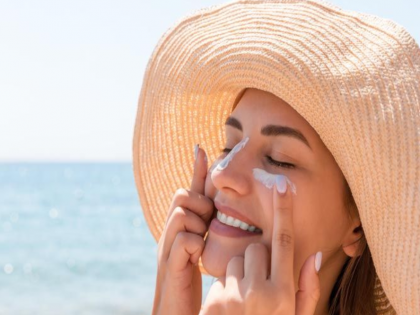Tips for Protecting Your Skin from Summer Pollution

Now that summer is here, you may want to spend more time outside enjoying the warm weather. Even though there are many good things about summer activities, spending more time outside can expose you to more air pollution.
This is very important for people who live in the city. Even though the World Health Organization sets standards for air quality, 92% of the world’s population lives in cities that don’t meet WHO’s standards. Longitudinal studies comparing the skin of those living in rural areas to those living in cities discovered that city dwellers had more skin damage than their counterparts in the country.
As an individual, you can only do so much to lower air pollution. However, you can take precautions to reduce the effects of pollution on your skin. How do I get rid of polluted skin? Find out by reading on.

Different kinds of pollution
There are two main air pollution types: soot and smog. They are both caused by burning fossil fuels to power factories, power plants, cars, and other machines. Soot consists of microscopic particles, whereas smog is produced when sunlight reacts with combustion pollutants to form harmful gases.
Soot contains dust, chemicals, Smoking, allergies, and even heavy metals. Most of the time, but only sometimes, these particles are too big to get through your pores and reach the outer layer of your skin. Rather, it can remain on your skin’s surface until it is washed away. If you use a light-colored washcloth, you might see it as a residue.
Gaseous pollutants like ozone, carbon monoxide, nitrogen oxides, and Sulphur dioxide are found in smog. The molecules of these toxic chemicals are very small, unlike most of the particles in smog. So, they are small enough to get through your pores and into your skin’s deeper layers.
Effect of Air Pollution
Skin pollution can cause many dermatological conditions and other skin problems, such as:
- Redness and swelling
- Eczema
- Allergic reactions
- Cancer of the skin
- Dark spots
- Clogged pores
- Dry skin
- Dullness
One of the fundamental tasks of the skin is to build an immunological barrier against infections. Pollution can break down this barrier and make you vulnerable to disease-causing agents that can affect the skin and other body systems.
In addition to diseases affecting the skin, pollution can also speed up aging. Soot and smog are made up of chemicals that include unstable molecules called free radicals. These molecules bind to cellular structures and degrade them gradually. This is called oxidation, the same process that makes metals rust. Wrinkles and other signs of aging can happen when the cells in your skin break down. The hands, neck, and face are often the most exposed body parts, so they are most likely to show signs of aging from pollution.




